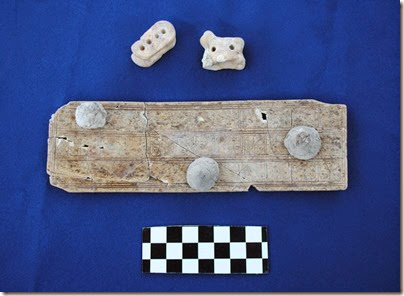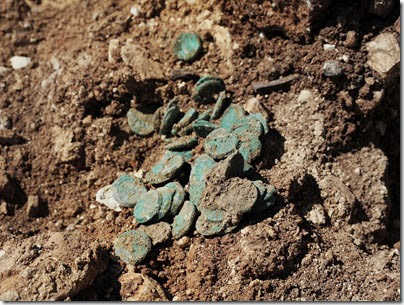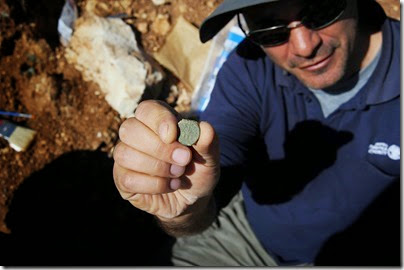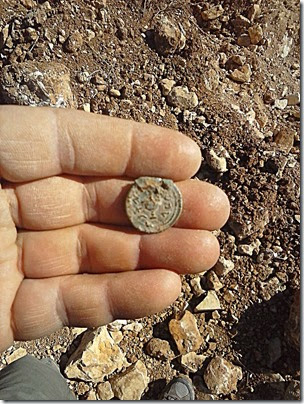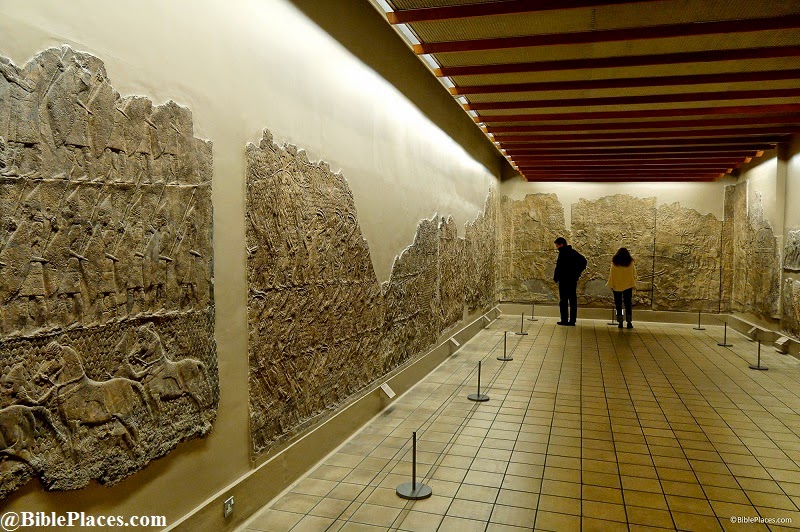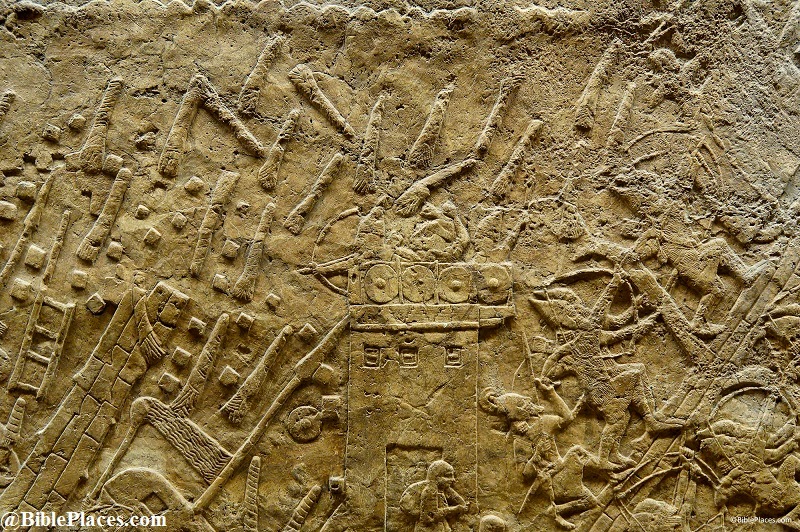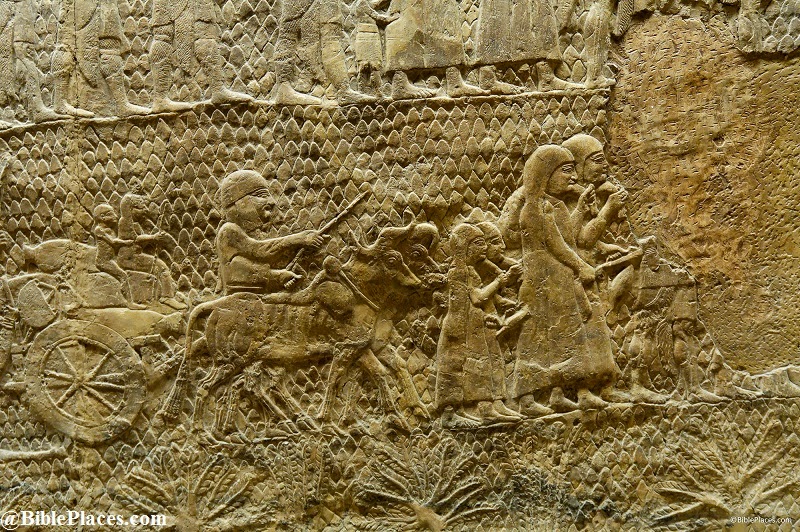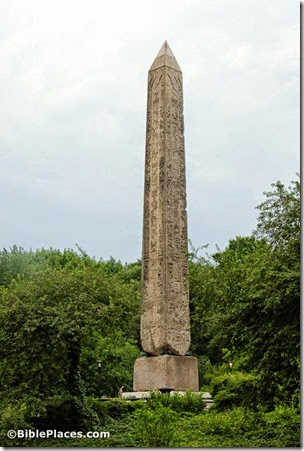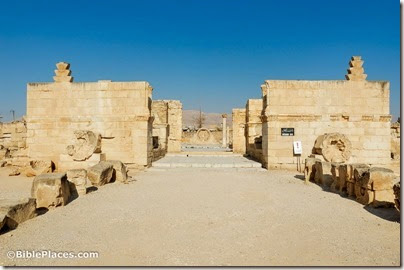This summer’s excavations of Tel Gezer were successful, according to a Baptist Press report written by archaeologists Steven Ortiz and Sam Wolff. Work continued this year on the tell, in the water system, and in the regional survey.
The archaeologists found evidence of the destruction by Pharaoh Shishak (2 Chr 12:4; 1 Kgs 14:25-26), including an ivory game board of a type well known from other excavations. This discovery of “The Game of 20 Squares” led the team to dub the area “Solomon’s Casino.” The report continues:
The project focused on an area west of the city gate where a casemate fortification wall was uncovered. Up against the interior of the wall was a large courtyard area with a tabun (clay cooking oven), storage jars, cooking pots, and burnt beams lying atop a plaster surface. Just to the north of this courtyard were two rooms with walls preserved to a height of more than a meter and a half. In one of these rooms the team discovered the remains of a cow jawbone. The adjoining room contained the game board.
Excavations also revealed “pre-Solomonic building remains.” Discoveries from this period (12th-11th centuries B.C.) included a perfectly preserved bronze spearhead, the head of a Philistine-type (“Ashdoda”) ceramic figurine, and the ceramic six-toed foot of a possible feline, the team reported. Largely unexcavated remains from the Late Bronze Age (14th century B.C.) lay below.
Photo courtesy of Tel Gezer Excavation and Publication Project
The full report is here. The Jerusalem Post article focused more on the effect of the war on the Gezer excavation.
The excavation’s official website is here. The BiblePlaces website includes more photos and information about Gezer.
Earlier this week, Bill Schlegel, author of the Satellite Bible Atlas, released a video about Gezer’s biblical significance and archaeological discoveries. The 4-minute video below includes new aerial photos and footage.
